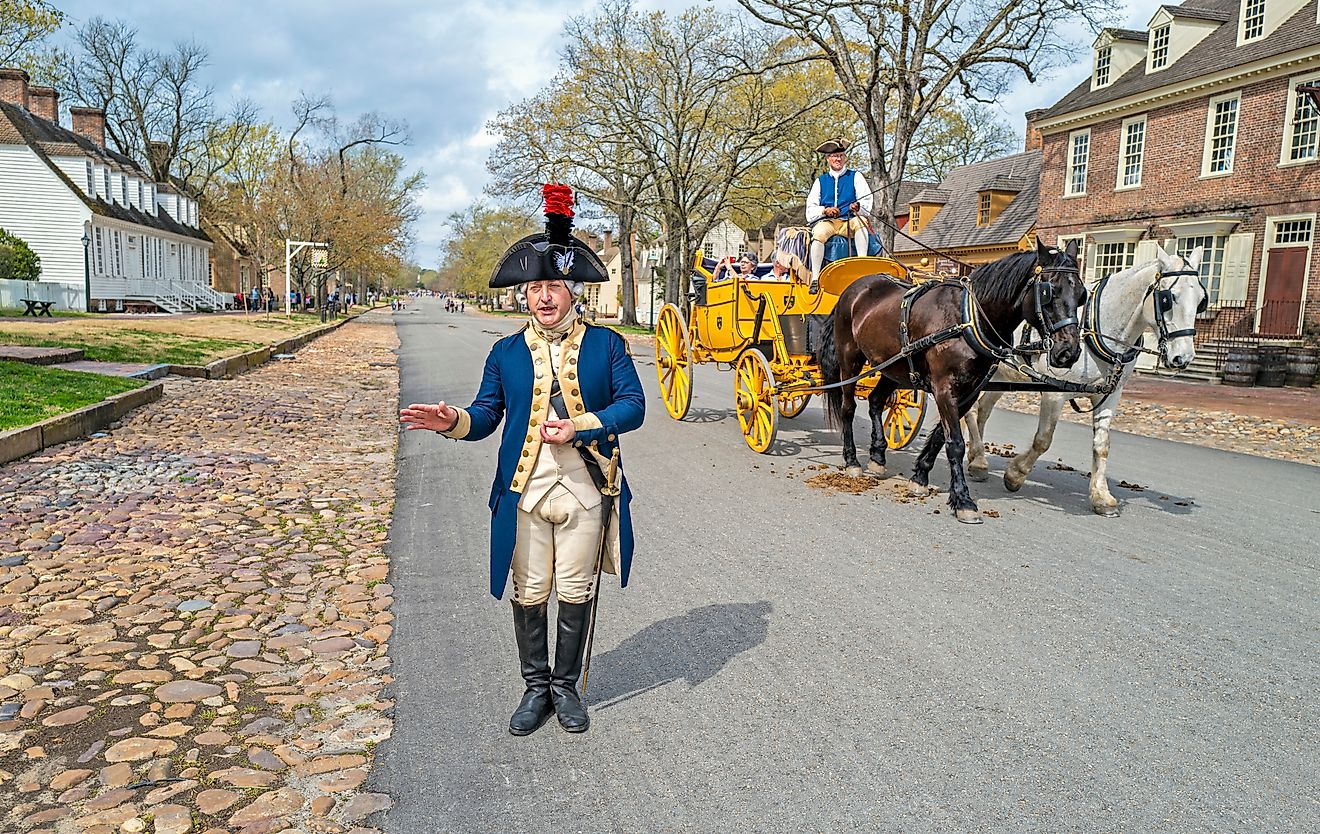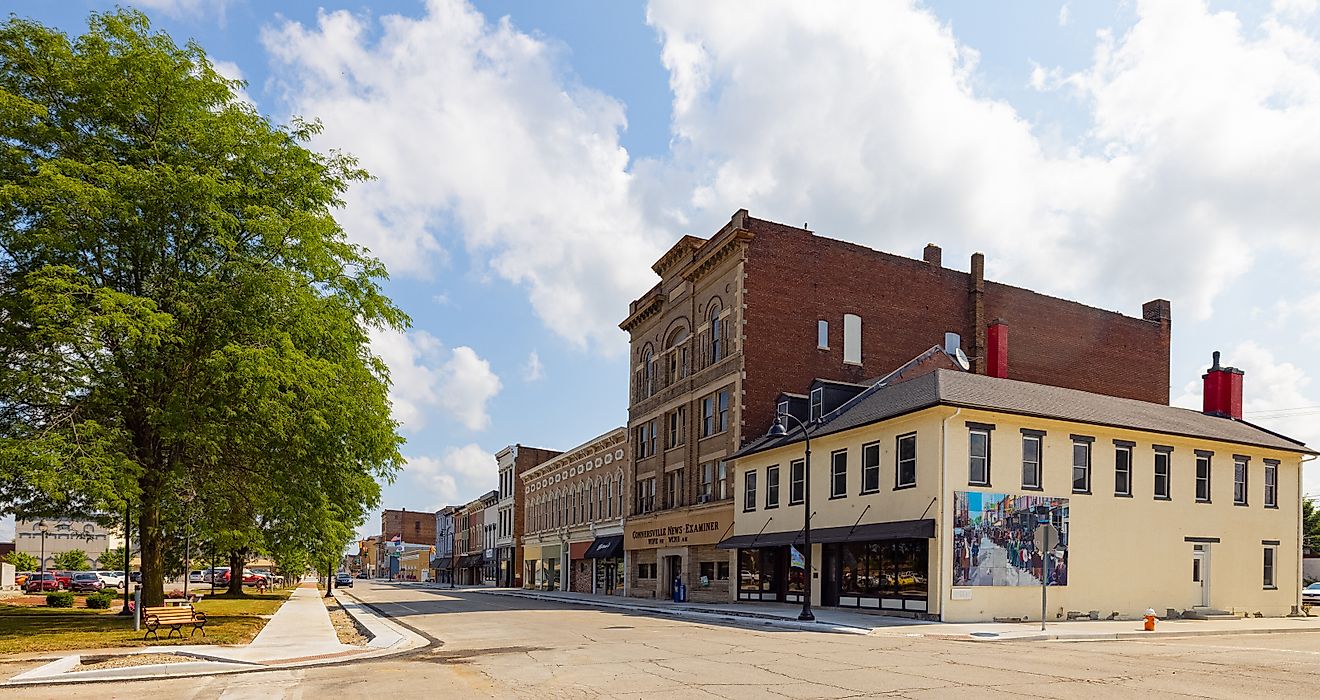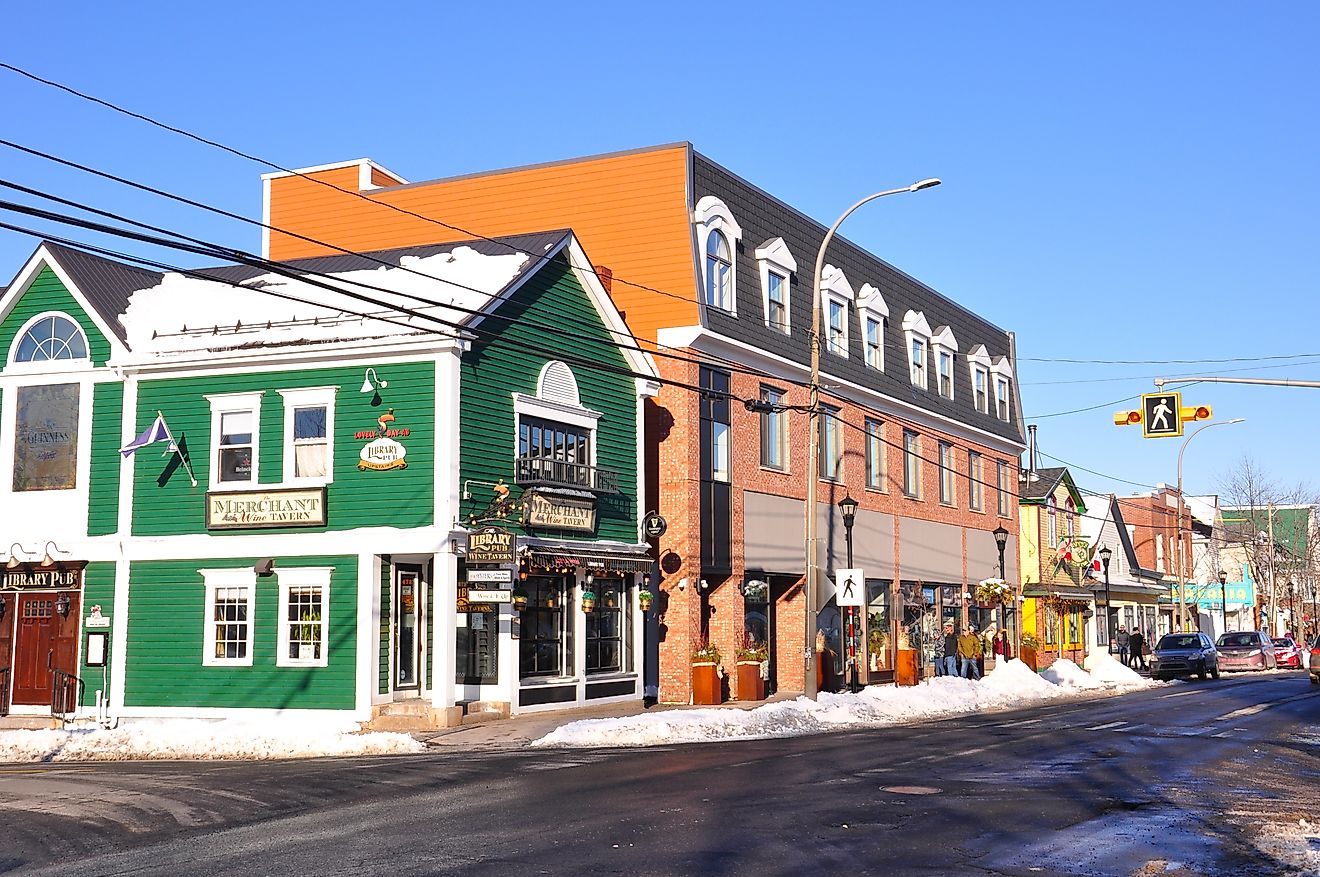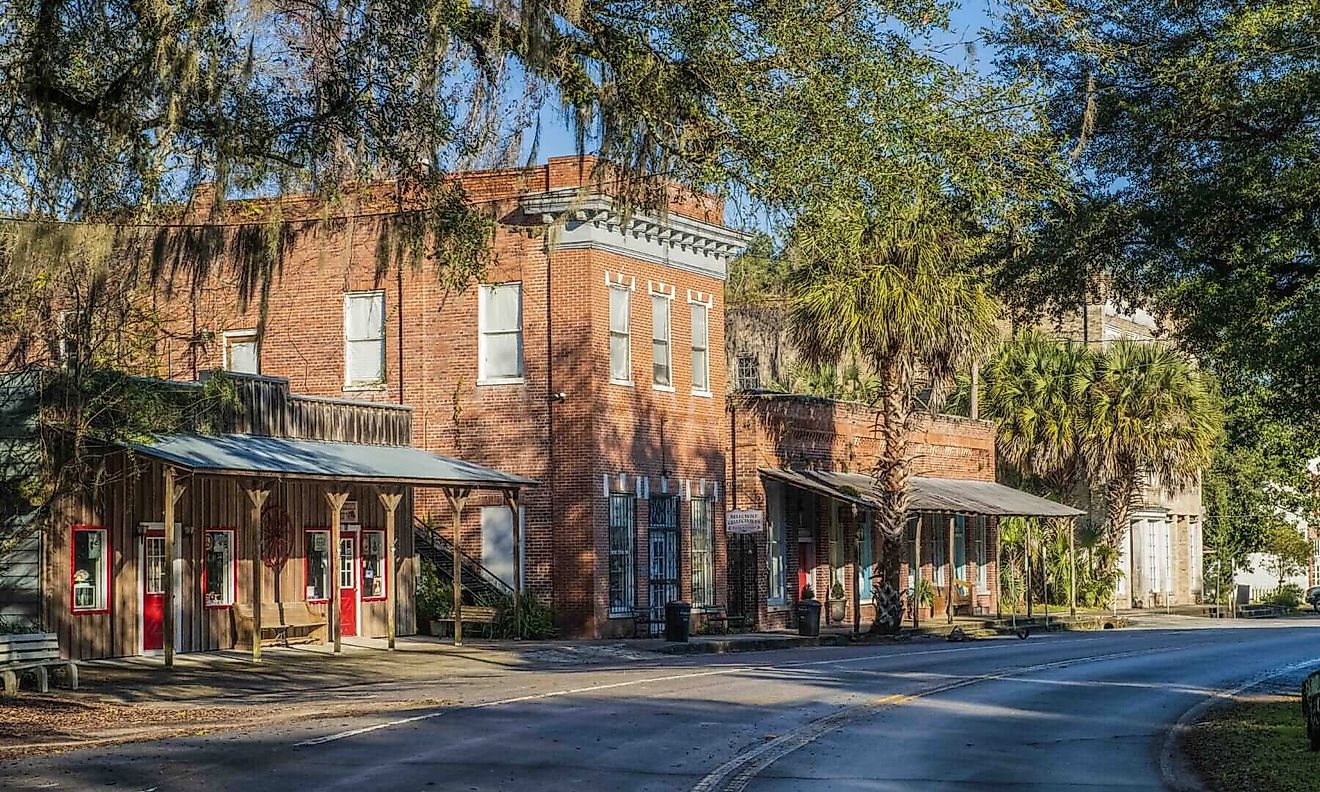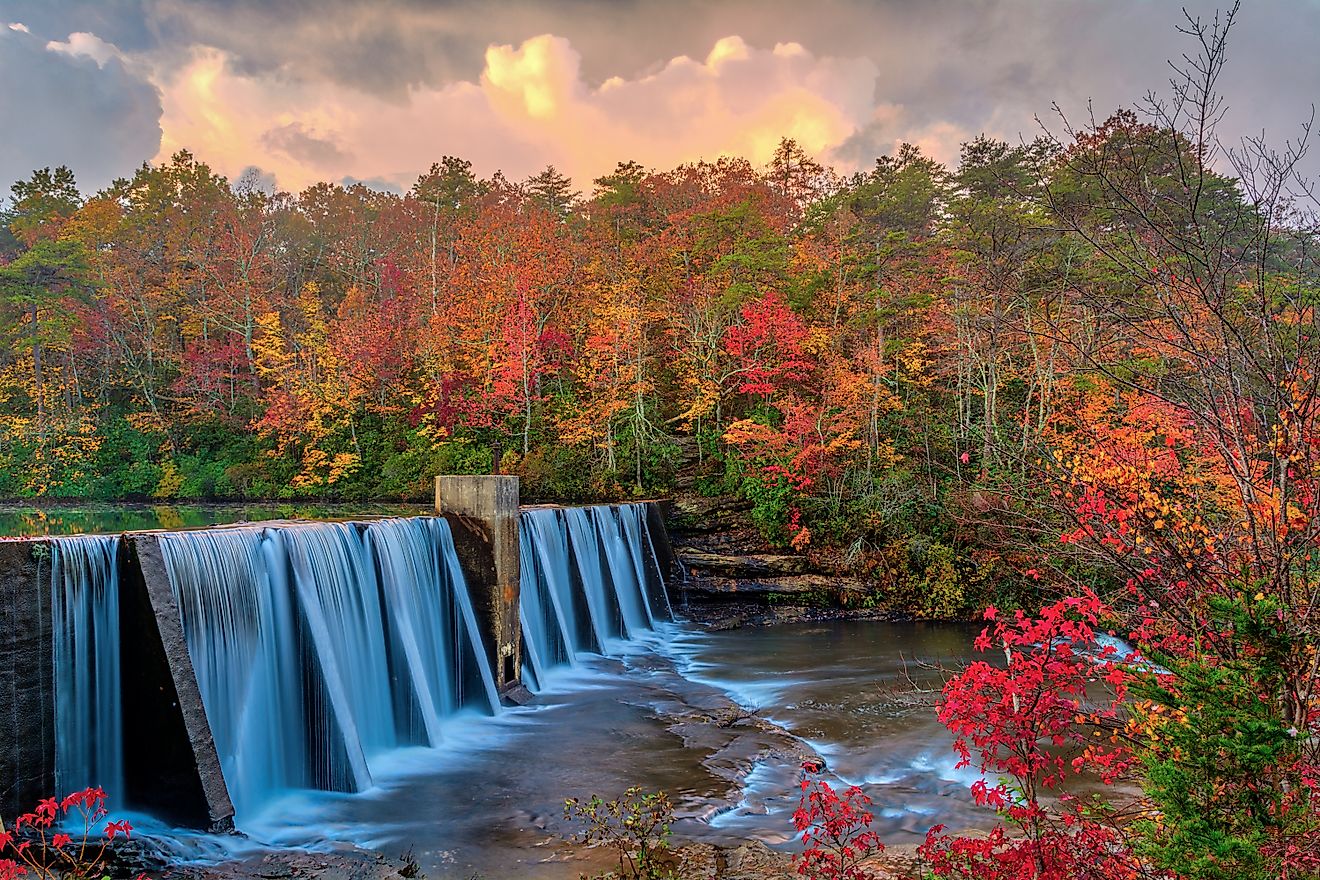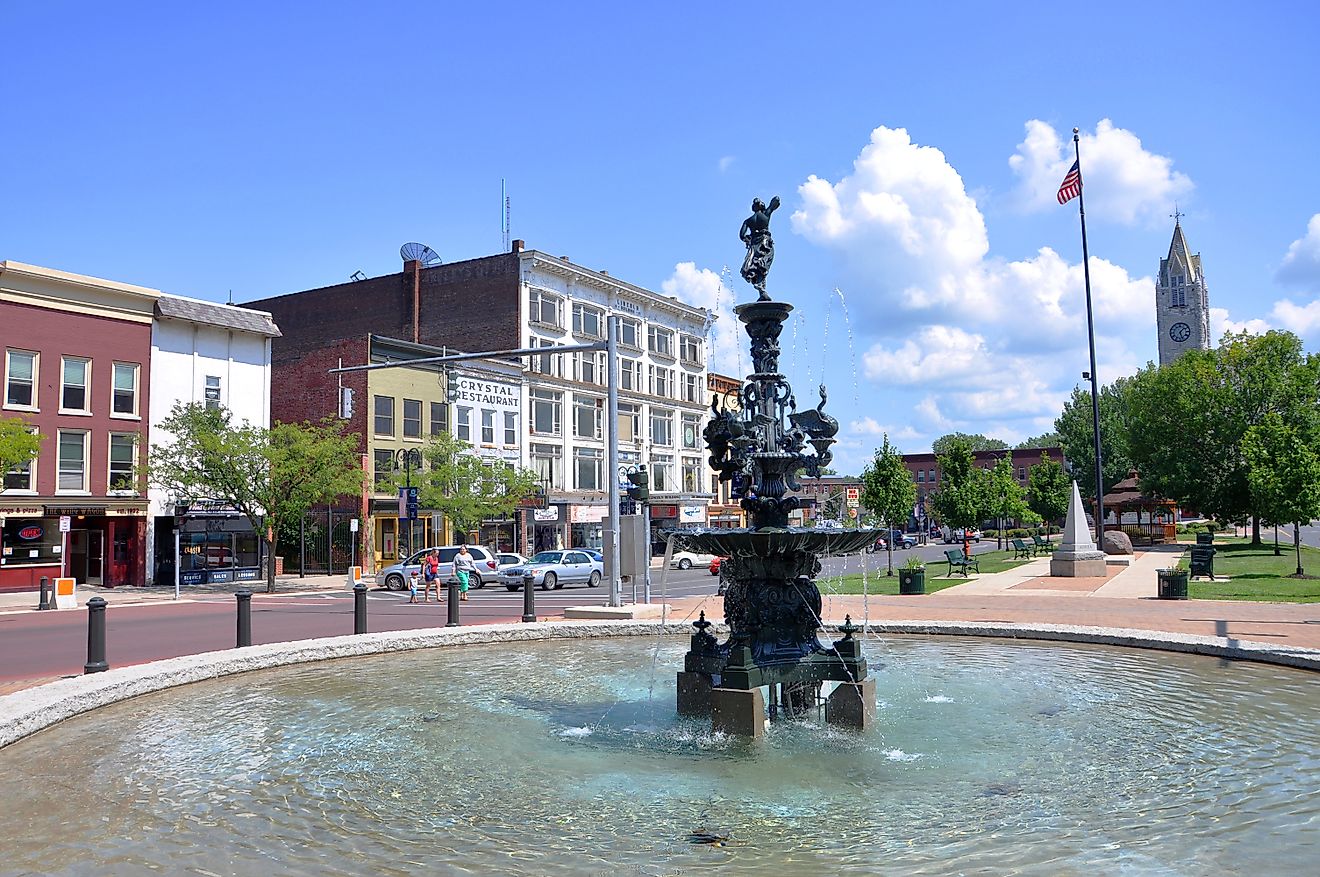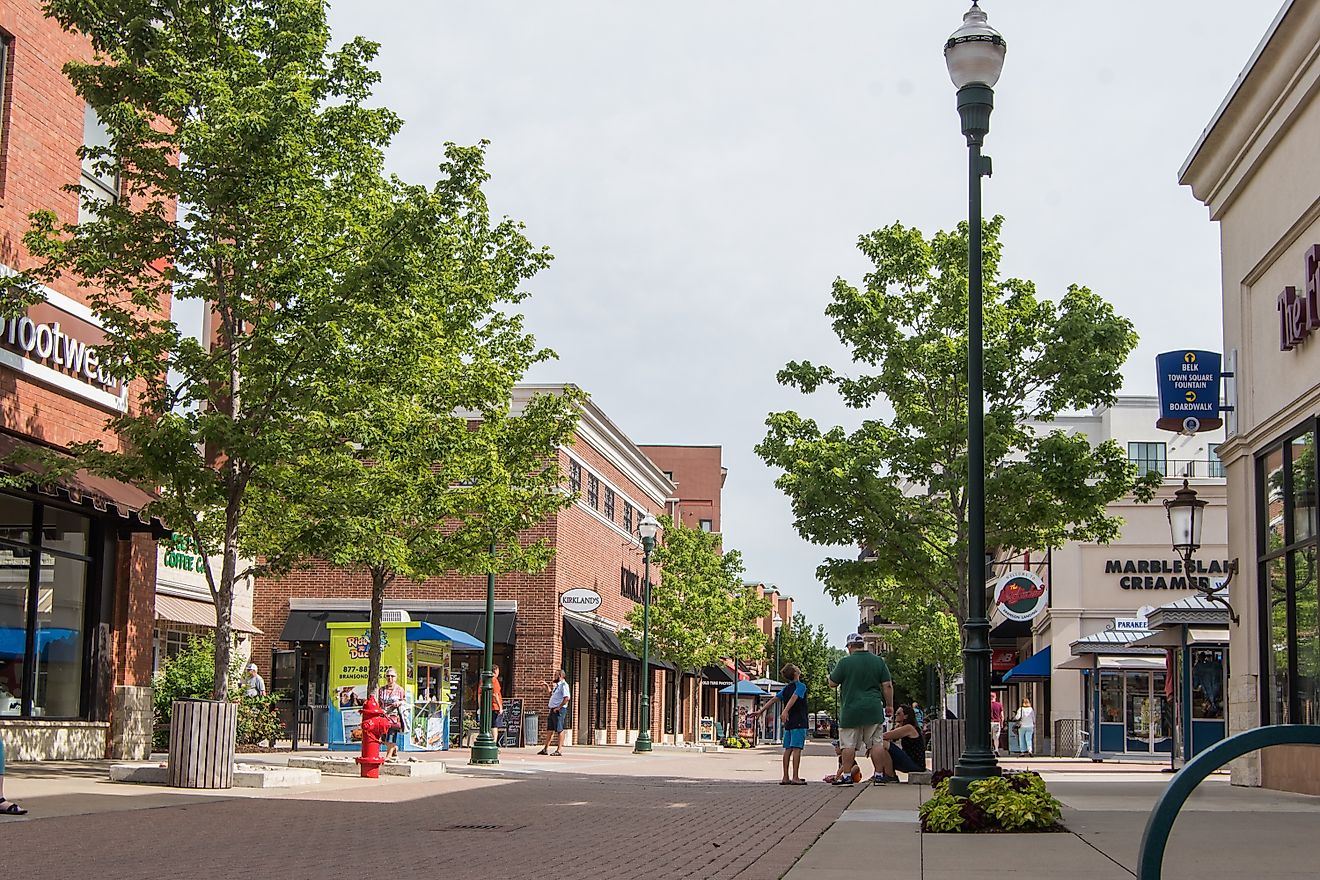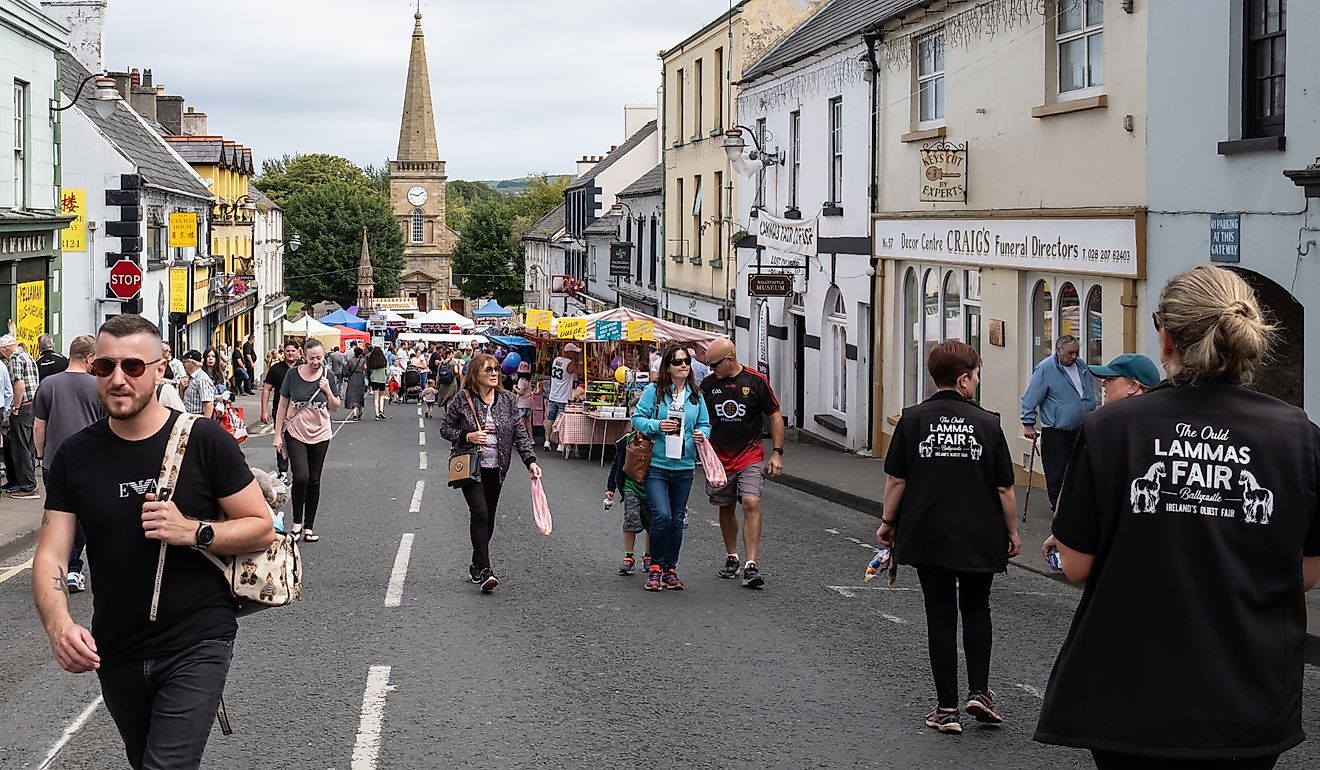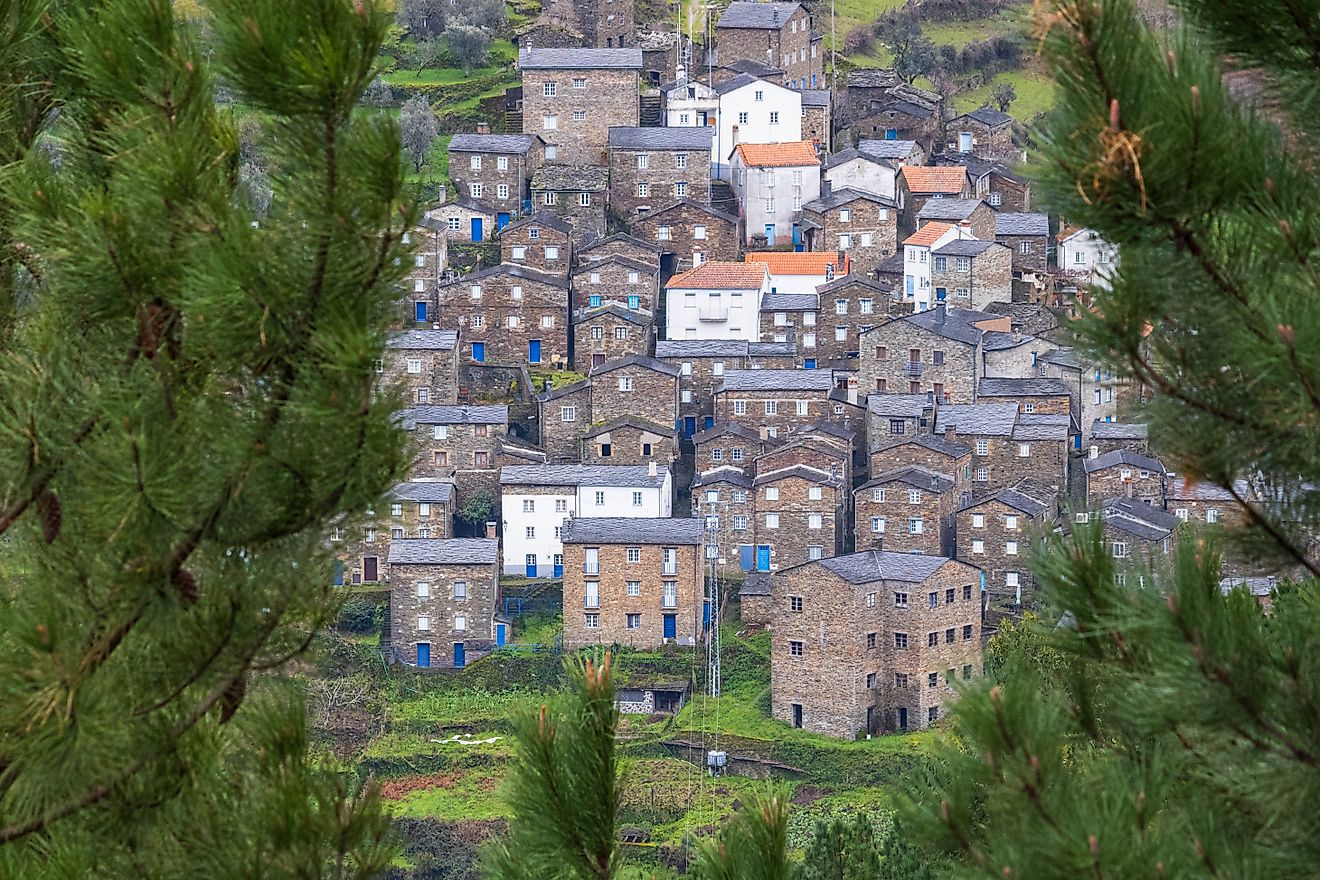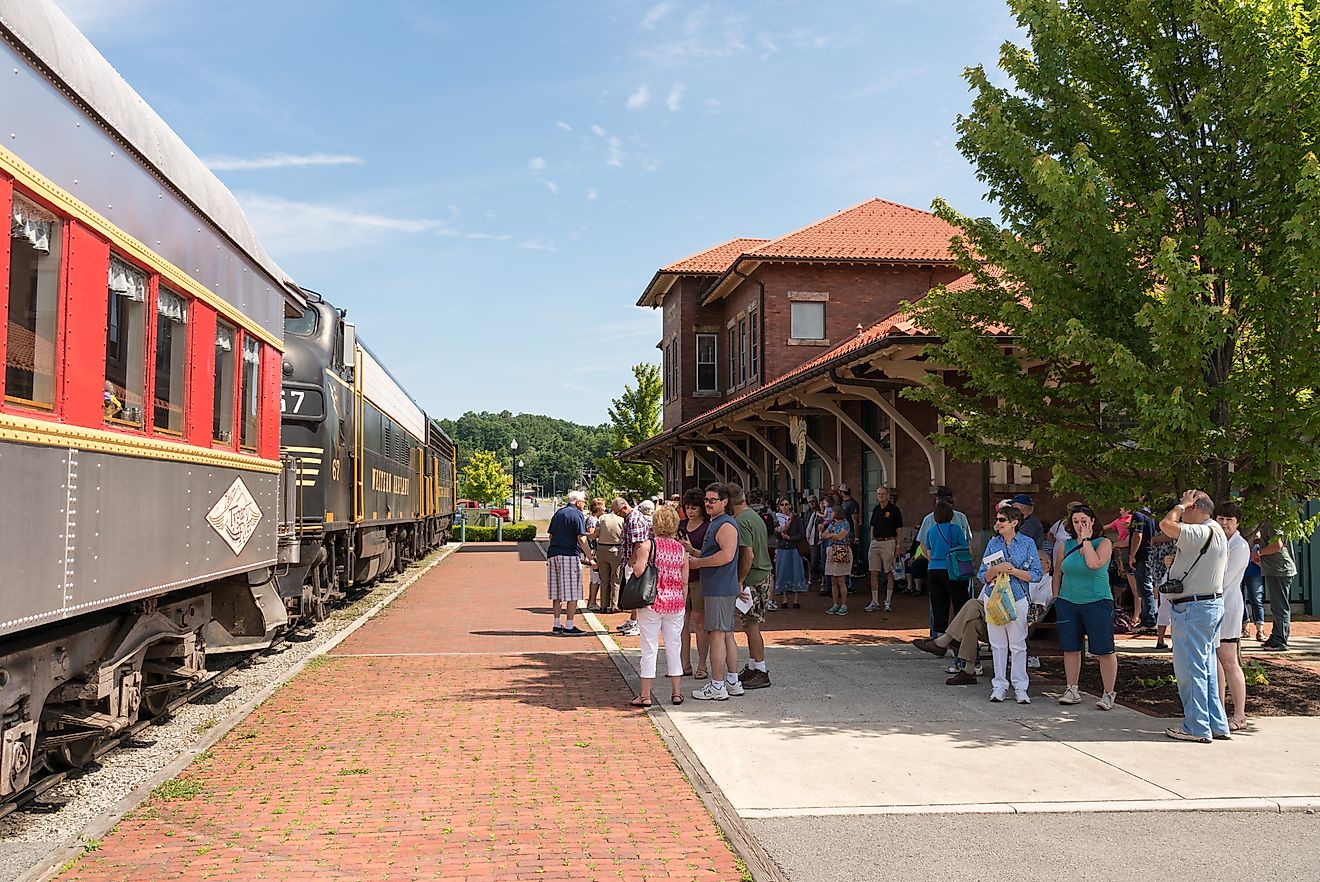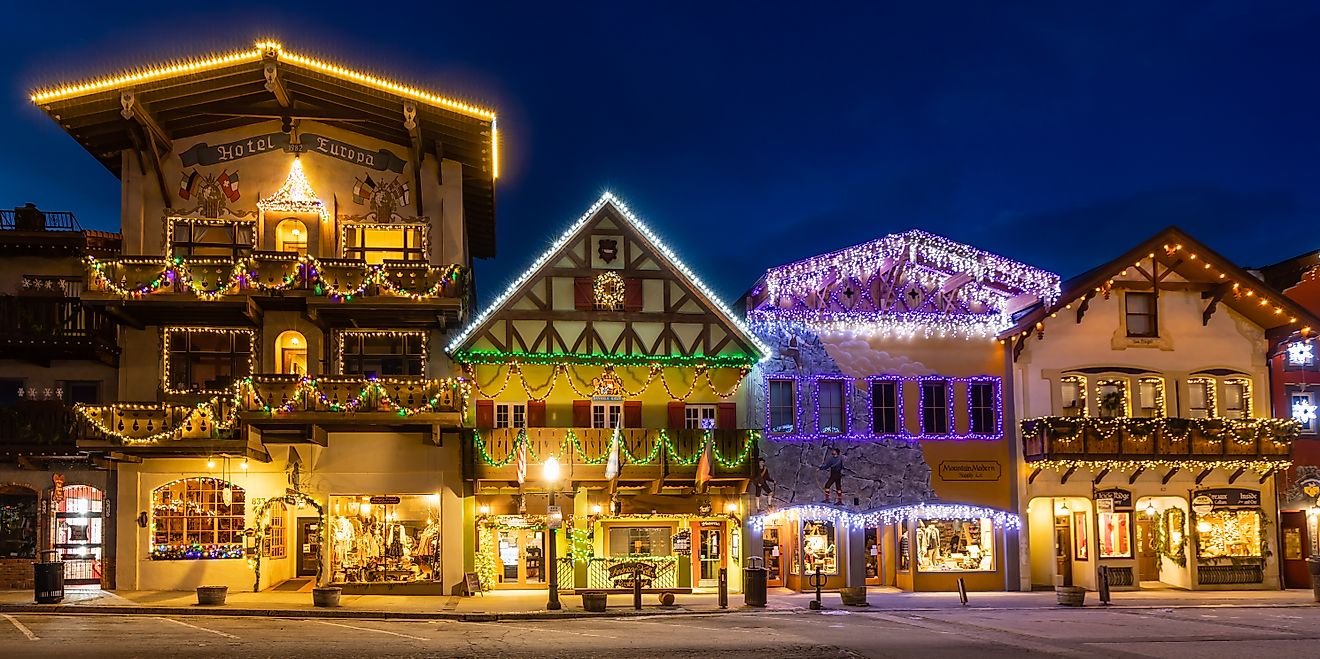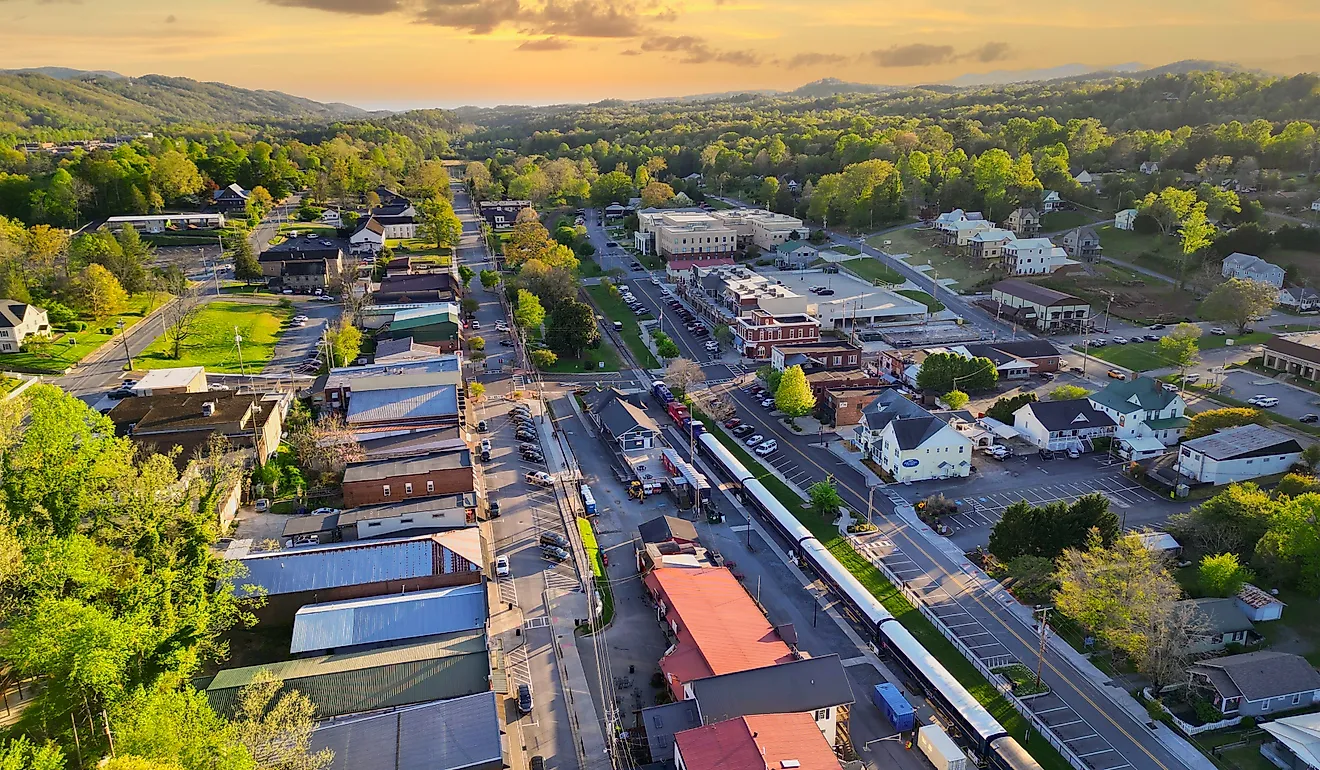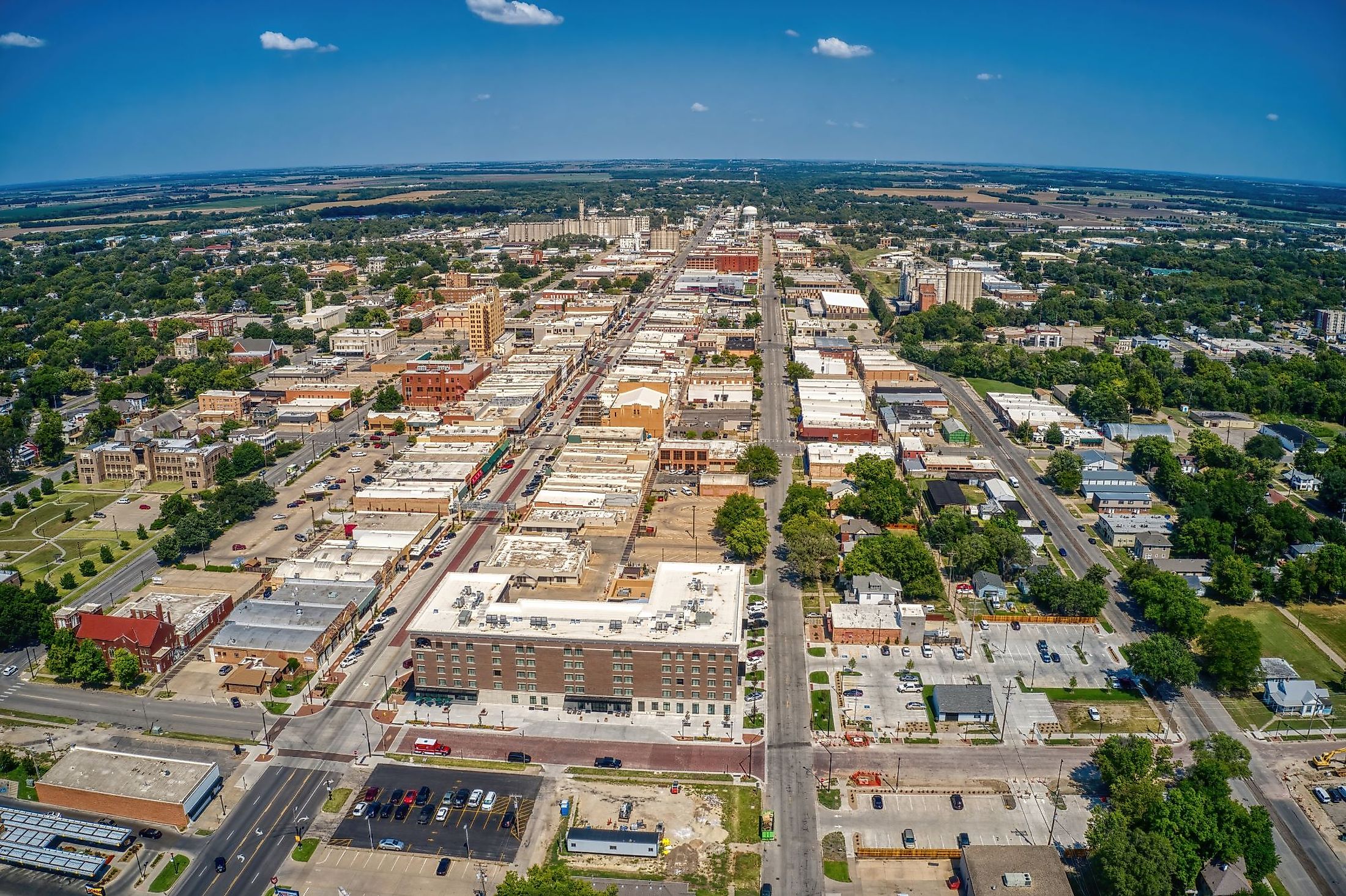
Salina, Kansas
Salina served as a landing place for displaced Delaware and Potawatomi tribes after the Indian Removal of 1830. However, this led to conflict in the unsettled region over hunting lands with the Sioux, Arapaho, and Cheyenne Indians, leading to a bloody Native American battle. Salina is a small town located in the Smoky Hills and on the banks of the Smoky Hill River, but it has an interesting past. From its early days of being an establishment, it benefited from the Colorado gold rush, the Union Pacific Railroad, and fertile lands for agricultural production. At present, Salina is a scenic community known for its historic downtown and green spaces.
Geography Of Salina
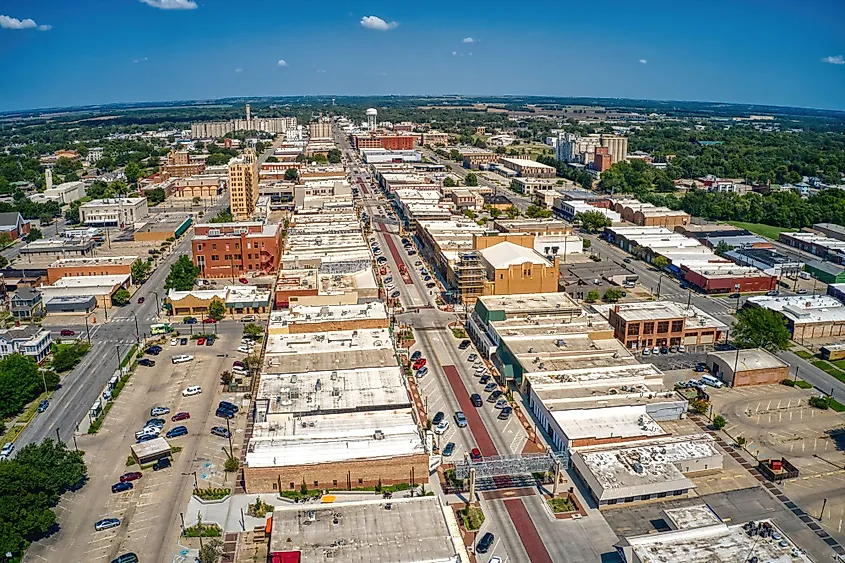
Salina is a small city situated in Saline County in the north-central portion of the US State of Kansas. Salina is located approximately 130 km north of Wichita, Kansas, 645km east of Denver, Colorado, and 264 km west of Kansas City, Missouri. Salina is placed in the physiographic region of the Smoky Hills and the Great Plains. The Smoky Hills appear as a subtle mountainous or hilly plateau region, while the Great Plains consist of dissected till plains of tall prairie grass. The 925km long waterway known as the Smoky Hills River can be found outside Salina, which runs between Colorado and Kansas. Salina covers a total area of 65.14 sq. km, of which 0.10 sq. km is covered by water, and 65.14 sq. km is occupied by land.
Climate Of Salina
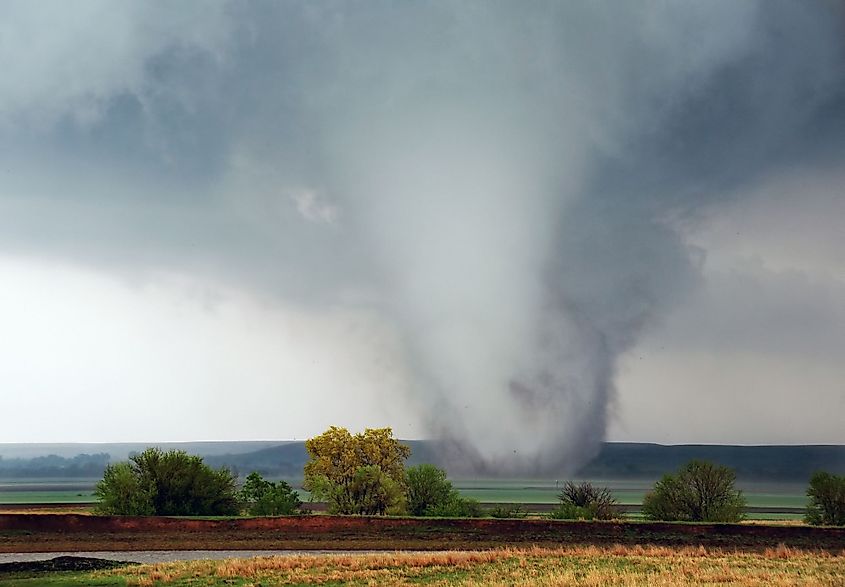
According to the Köppen Climate Classification, Salina is placed in a transition area between humid subtropical and humid continental climates. It experiences four seasons in a year, with a distinguishable clear summer and windy and snowy winter. Over a year, Salina receives 70 days of precipitation from rain, hail, and snow. Rainfall totals to 779.78 mm, whereas snowfall equates to 18.1 inches. The warmest month is July, with an average high of 34 °C, while January is the coldest month, with an average low of -7.3 °C.
History Of Salina
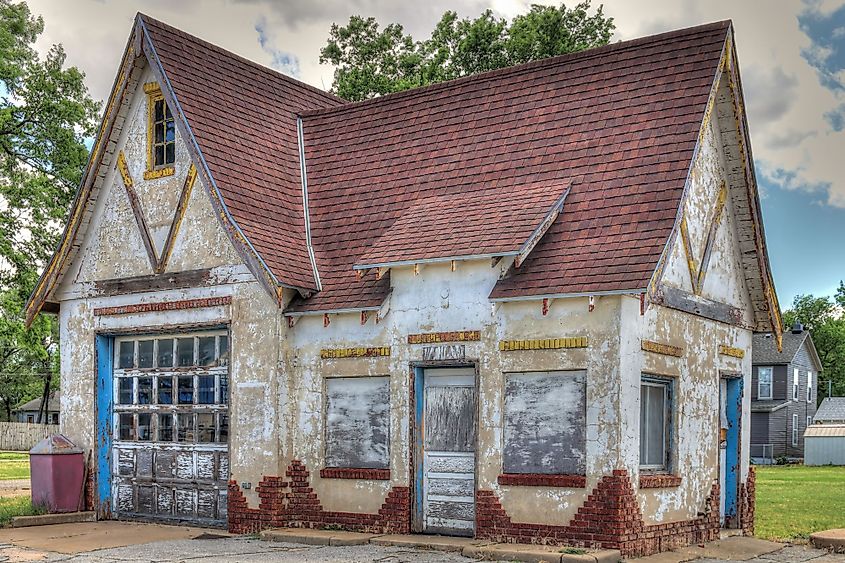
Before being settled, the Great Plains around would-be Salina was the site of one of the bloodiest Indian Battles. The area was an unclaimed territory, and the Sioux, Cheyennes, and Arapaho tribes hunted on the land. However, following the Indian Removal of 1830, the Potawatomi and Delaware Native Americans relocated here. Moreover, tensions between the eastern tribes over hunting land increased among the Nebraska and Kansas-based tribes, and the Battle of Indian Rock took place. This was largely why the region remained free of settlers. Salina was founded in 1858 when Kansas was still a territory by William A. Phillip. A group of men arrived at the Salina River from Lawrence, Kansas, and began staking out the land. Salina got selected as a town for its fertile lands and beautiful scenery. Also, it benefitted from the gold rush of nearby Pikes Peak, which saw miners and equipment pass through. This was due to its nearness to the Colorado territory, and it became the southernmost stop of the Smoky Hill Trails. The arrival of the Union Pacific Railroad connected Salina to Kansas City, Kansas, and brought forth a population boom. In 1872 Salina became a cow town. However, this was short-lived due to the rowdiness of cowboys that disturbed residents. As such, Salina turned its economic focus to the agriculture trade. Wheat was the main product grown but later specialized in alfalfa.
The Population And Economy Of Salina
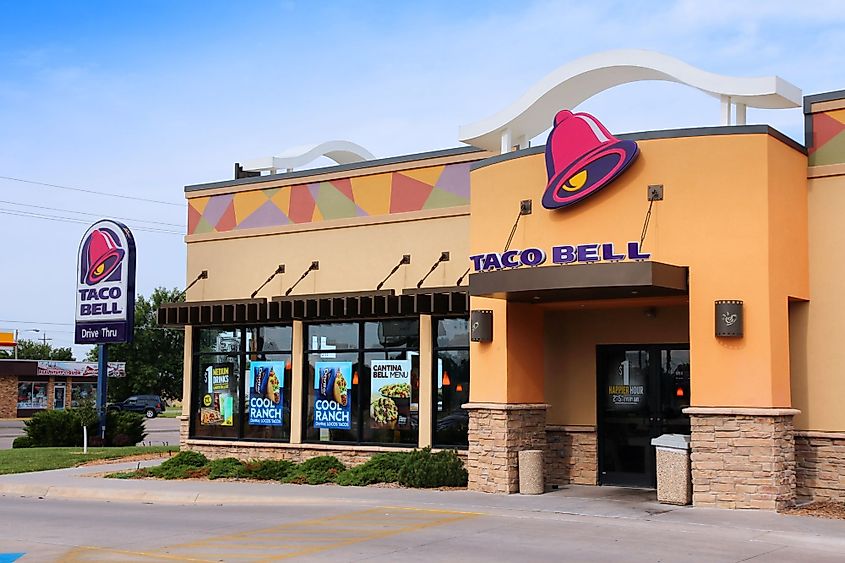
Salina has a population of 46,079 inhabitants and a population density of 700 people per sq. km. The median household income is $65,603, and the gross monthly rent is 758. The average age of a resident is 37.6 years old. On the cost of living index, Salina rates at 76, whereas the state of Kansas rates at 83.1. Yet, 12.24% of the population lives below the poverty line.
The unemployment rate is 3.6%, whereas the US unemployment rate is 6.0%. The top industries that make up the economy of Salina include manufacturing at 20.6% overall, healthcare and social assistance at 13.4%, and retail trade at 12.3%. Established at the height of its wheat boom, Lee jeans were founded in 1889. Today, Lee can be found under the Kontor Brand, which has other apparel companies like Wrangler Jeans in its portfolio. The company was the vision of Henry David Lee, with a focus on making jean pants and jackets. Sales grew in the 1920s at the height of union workers needing durable workwear. During the 1930s and 1940s, Lee was the top manufacturer of workwear in the nation. The headquarters are currently in Greensboro, North Carolina, and employ 400 workers.
Attractions In Salina

Smoky Hills Museum
The Smoky Hill Museum is not a run-of-the-mill museum. Its focus is to insight education through hands-on exhibits. Opening its doors in 1997, the museum has acquired a collection of 30,000 artifacts dating back to its early days of being settled. Featured exhibits are made in-house, whereas the permanent exhibits rotate artifacts. Notable exhibits include the Curiosity Shop, which allows children to explore early technology. Also, the Crossroad of the Heartland exhibit details the turmoil and history of Salina from 12,000 years ago to the 19th century.
Indian Rock Park
To the northeast of Salina is Indian Rock Park. The green space is known for its geological features and the Smoky Hill River. Its main attraction is the Smoky Hill River Falls, which is nine meters high cascade that can be reached by a hiking trail. Furthermore, the green space is the sight of the Battle of Indian Rock. Other activities in the park include fishing, rock climbing, picnics, grilling, and sledding in the winter.
The turmoil among displaced and nomadic livelihoods of native tribes prevented the early settlers from arriving in the unclaimed region. It took the brave travels of William A. Philip, who determined that the fertile lands of the Great Plains could one day be a significant agricultural producer. Alas, with the nearby gold rush and establishment of a railroad terminus, Salina became a booming town welcoming visitors from all over. As of today, hints of Salina's past can be seen throughout the scenic city with Indian Rock Park and its various museums.
